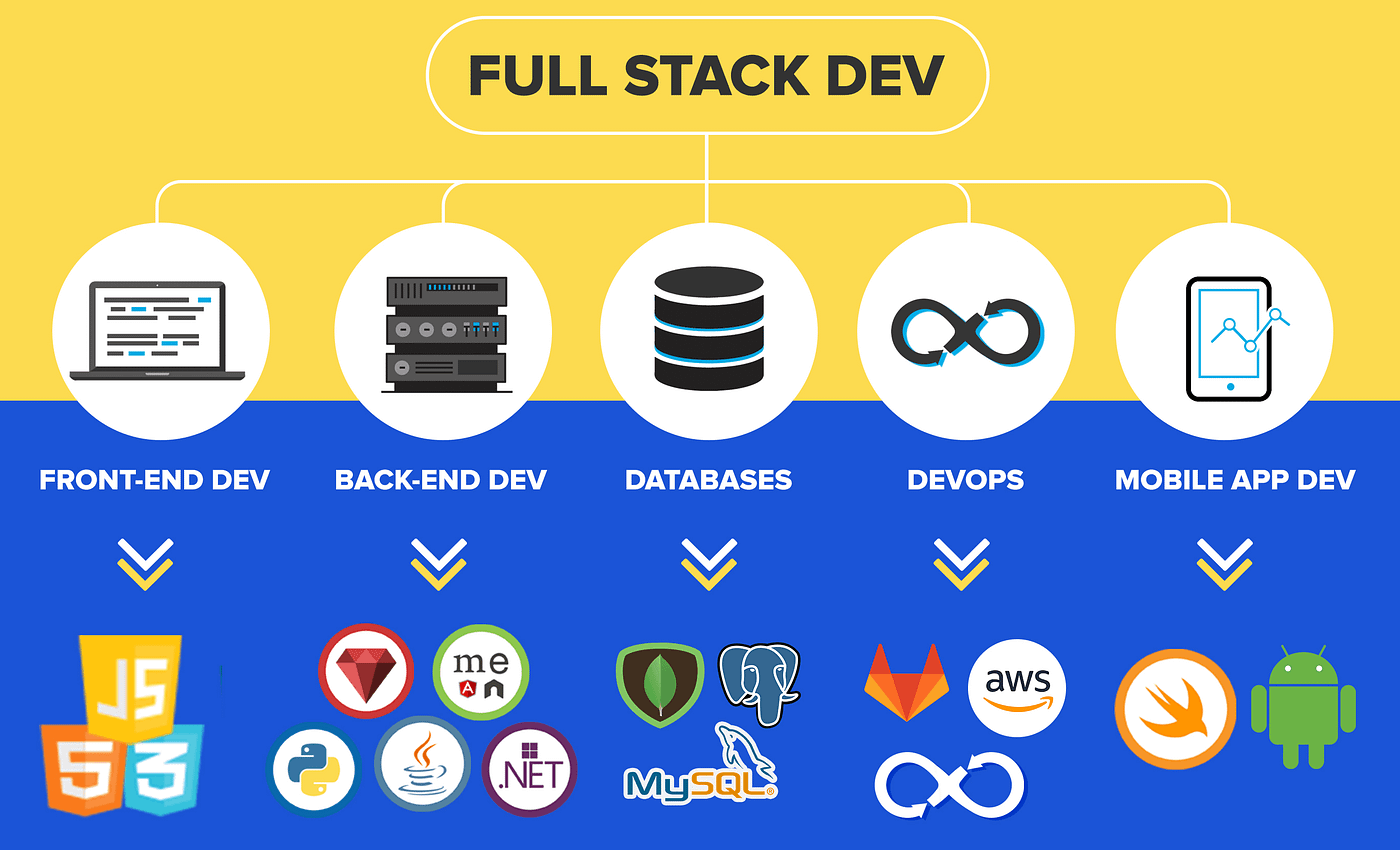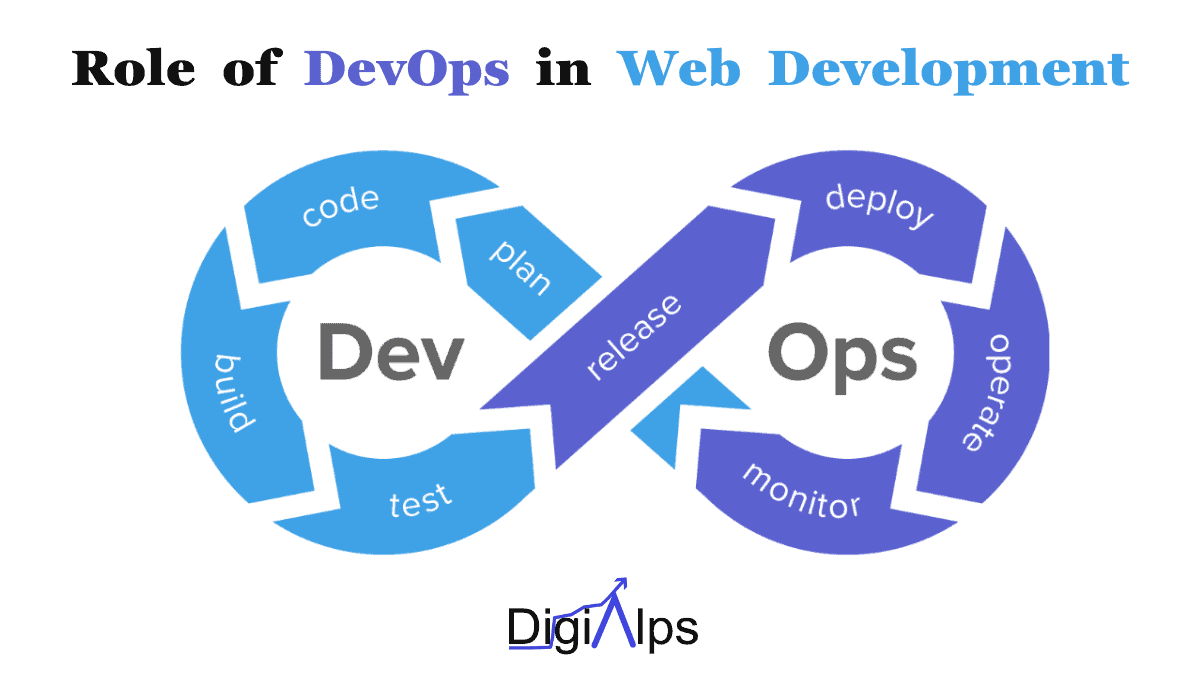
A Guide on How to Become a Coding Instructor
Follow these steps to embark on a journey as a coding instructor:
- Deepen Your Coding Knowledge: Ensure you have a strong grasp of coding principles and languages. Regularly update your skills to keep pace with the ever-evolving tech landscape.
- Identify Your Specialty: Coding covers many areas, from web development to data science. Find your niche to focus your teaching expertise.
- Create a Portfolio: Build a collection of your work on platforms like GitHub. This showcases your skills and projects, lending credibility to your teaching abilities.
- Develop Teaching Skills: Being a great coder doesn't automatically make you a great teacher. Work on clear communication and understand different learning styles to effectively impart knowledge.
- Gain Experience: Start by offering free workshops, online tutorials, or volunteering to teach. This builds your confidence and hones your teaching approach.
- Learn Online Teaching Tools: Familiarize yourself with online learning platforms and tools, as digital education is a significant part of modern teaching.
- Design Engaging Content: Create diverse and interactive course materials to engage students. Include real-world projects to enhance learning.
- Build Your Brand: Use social media, blogging, or professional networking to establish yourself in the field. A strong personal brand attracts students and opportunities.
- Seek Feedback: Always be open to feedback and willing to adapt your methods. This helps improve your teaching and ensures your students get the best learning experience.
- Stay Passionate: Your enthusiasm for coding and teaching will be the key to your success. Keep the passion alive to inspire your students.
.png)
A Guide on How to Become a Coding Instructor
Becoming a coding instructor involves a blend of technical expertise, teaching skills, and continuous learning. Here’s a brief guide to get you started:
- Master Coding Fundamentals: Ensure a strong grasp of programming languages and concepts.
- Specialize Your Knowledge: Choose a specific area in coding to focus on, like web development or AI.
- Build a Portfolio: Showcase your coding projects to demonstrate your expertise.
- Develop Teaching Skills: Enhance your ability to communicate complex concepts clearly.
- Gain Practical Experience: Start by teaching small groups or creating online content.
- Understand Online Platforms: Learn about different e-learning environments and tools.
- Create Engaging Content: Develop interactive and updated learning materials.
- Establish Your Brand: Build your presence online and network within the coding community.
- Seek Feedback: Regularly ask for and apply feedback to improve your teaching methods.
- Maintain Passion: Keep your enthusiasm for coding and teaching alive to inspire students.
- Get Certified: Consider obtaining teaching or technical certifications to bolster credibility.
- Join Professional Networks: Engage with teaching communities and professional groups for support and resources.
- Provide Real-world Applications: Connect coding concepts to real-world scenarios to make learning more practical and applicable.
- Offer Mentorship: Consider mentoring aspiring coders to provide personalized guidance and support.
- Stay Updated with Industry Trends: Continuously update your knowledge with the latest in technology and coding practices.

How to Become a Team Lead: A Concise Guide
Becoming a team lead is an exciting step in your career. It requires not just expertise in your field, but also the ability to manage and inspire a team. Here’s a simple guide to help you prepare for this role:
- Develop Your Expertise: Ensure you have strong knowledge and skills in your field. Continuous learning and staying updated with industry trends are crucial.
- Enhance Leadership Skills: Leadership is more than just managing tasks; it's about inspiring and guiding your team. Work on communication, problem-solving, and decision-making skills.
- Gain Experience: Look for opportunities to lead projects or small groups within your current role. This hands-on experience is invaluable.
- Improve Interpersonal Skills: A good team lead needs excellent interpersonal skills to manage diverse team dynamics effectively.
- Learn to Delegate: Understand the strengths of your team members and learn to delegate tasks efficiently to drive productivity and growth.
- Get Feedback: Regular feedback from peers and mentors can help you understand your areas of strength and those needing improvement.
- Build Emotional Intelligence: Emotional intelligence is key in understanding and managing both your emotions and those of your team members.
- Seek Mentorship: A mentor who has experience in leadership can provide valuable insights and guidance on your journey to becoming a team lead.
- Stay Organized: Good organizational skills are essential for managing multiple tasks and deadlines efficiently.
- Be Adaptable: The ability to adapt to changing situations and embrace new ideas is critical in a leadership role.
Remember, becoming a team lead is a journey of continuous learning and growth. Embrace the challenges and opportunities that come your way, and you will evolve into a successful and effective leader.

A Guide on How to Become an Online Teacher
Becoming an online teacher offers a flexible and rewarding way to share your knowledge with students across the globe. Here are the key steps to get started:
- Develop Your Expertise: Ensure you have in-depth knowledge of the subject you wish to teach. Continuous learning and staying updated with your field is crucial.
- Acquire Teaching Skills: Learn pedagogical methods and teaching strategies suited for online education. Understanding how to engage students in a virtual environment is key.
- Choose the Right Technology: Familiarize yourself with various online teaching platforms and digital tools. This includes video conferencing software, learning management systems (LMS), and digital assessment tools.
- Create Engaging Content: Develop interactive and engaging course materials. Use multimedia elements like videos, slideshows, and interactive quizzes to enhance the learning experience.
- Build Your Online Presence: Create a professional online profile, which may include a personal website, social media presence, and profiles on online teaching platforms.
- Obtain Necessary Certifications: Depending on your field and where you wish to teach, certain certifications or qualifications may be required.
- Market Your Courses: Utilize digital marketing strategies to promote your courses. This can include social media marketing, email campaigns, and networking in educational forums.
- Engage with Your Audience: Build a community around your courses through active engagement. This includes responding to student queries, participating in discussions, and providing regular feedback.
- Continuously Improve: Seek feedback from your students and be open to adapting your courses. This helps in refining your teaching methods and improving the overall learning experience.



